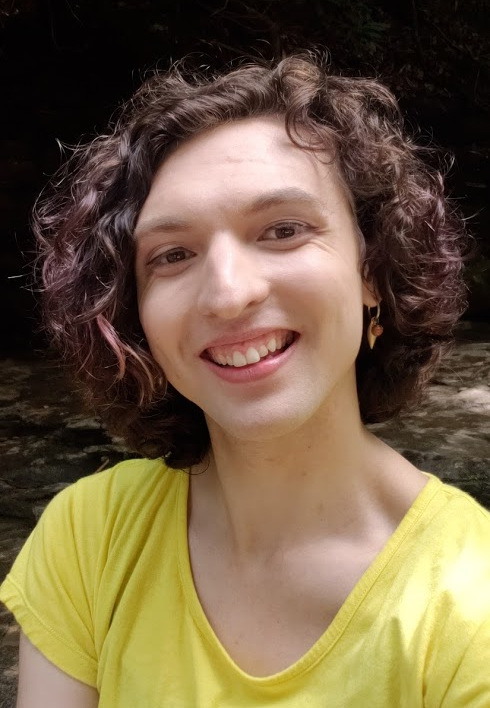
Hello! I’m Christina (Chris, Tina, and Christina are all fine!), a transfemme math PhD candidate at UC Riverside. I got my undergraduate degree (in Discrete Math & Logic) from Carnegie Mellon, where I also studied music and computer science. My mathematical interests lie in the intersection of algebra, geometry, and logic – an intersection which is often made clearer with the language of category theory. Following in the great mathematical tradition, I’ll write my email as: cgros007 AT ucr DOT edu.
Besides math, my first love is the flute, which I’ve been playing for over 20 years now – though recently I’ve been spending a lot of time writing music and playing piano. I am a huge proponent of the Dalcroze School of music pedagogy, which emphasizes improvisation and the playfulness of learning. My history with Dalcroze has had an obvious impact on my mathematical pedagogy as well.
I think examples are extremely important when learning anything, and computation is an invaluable resource when doing research. I started a blog to share examples that I’ve found helpful in learning new subjects, and to show how computers can be used “in the wild” to help solve problems.
This website was designed by the incredible Remy Davison.